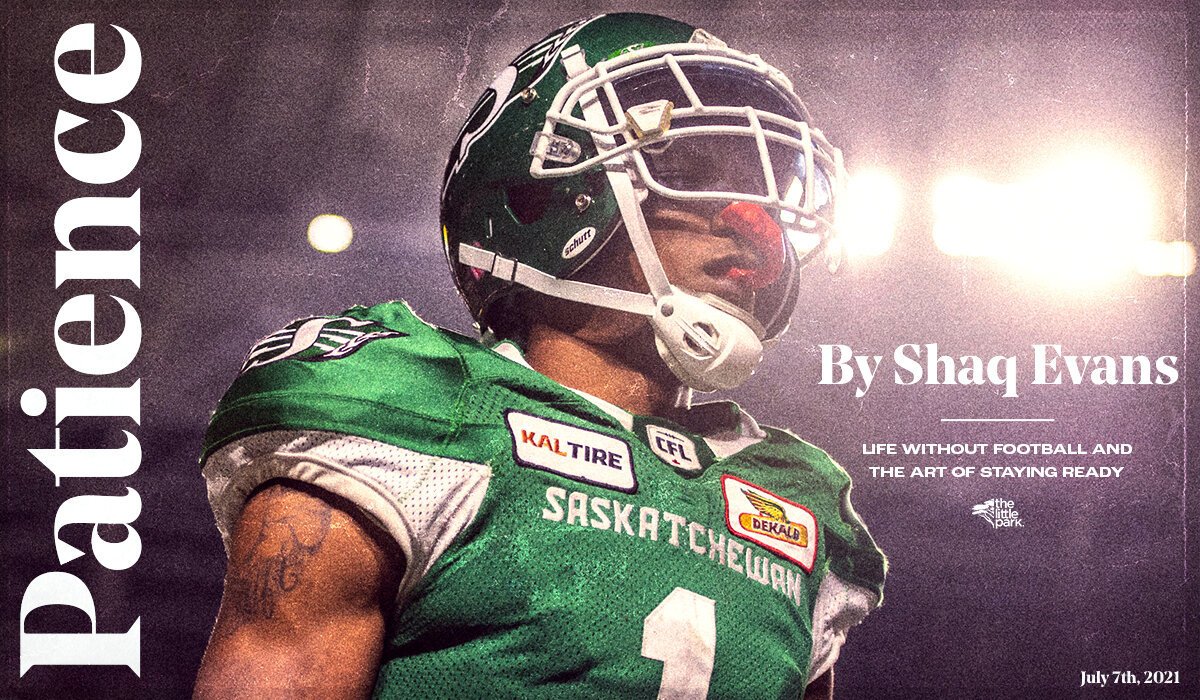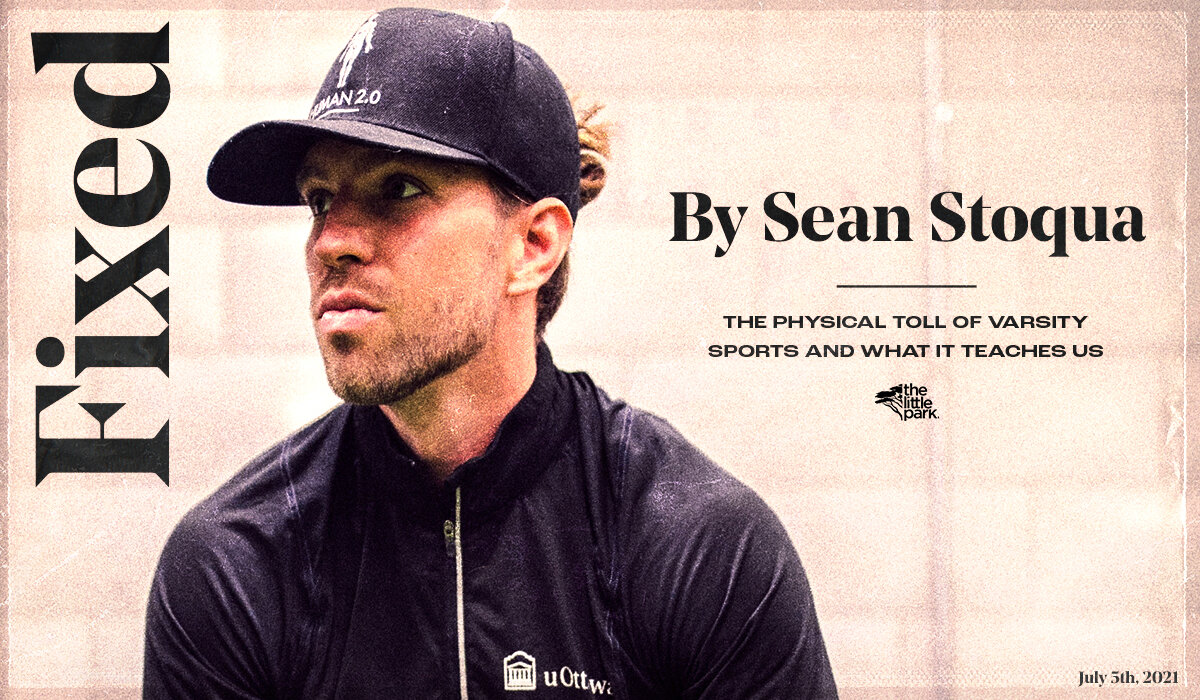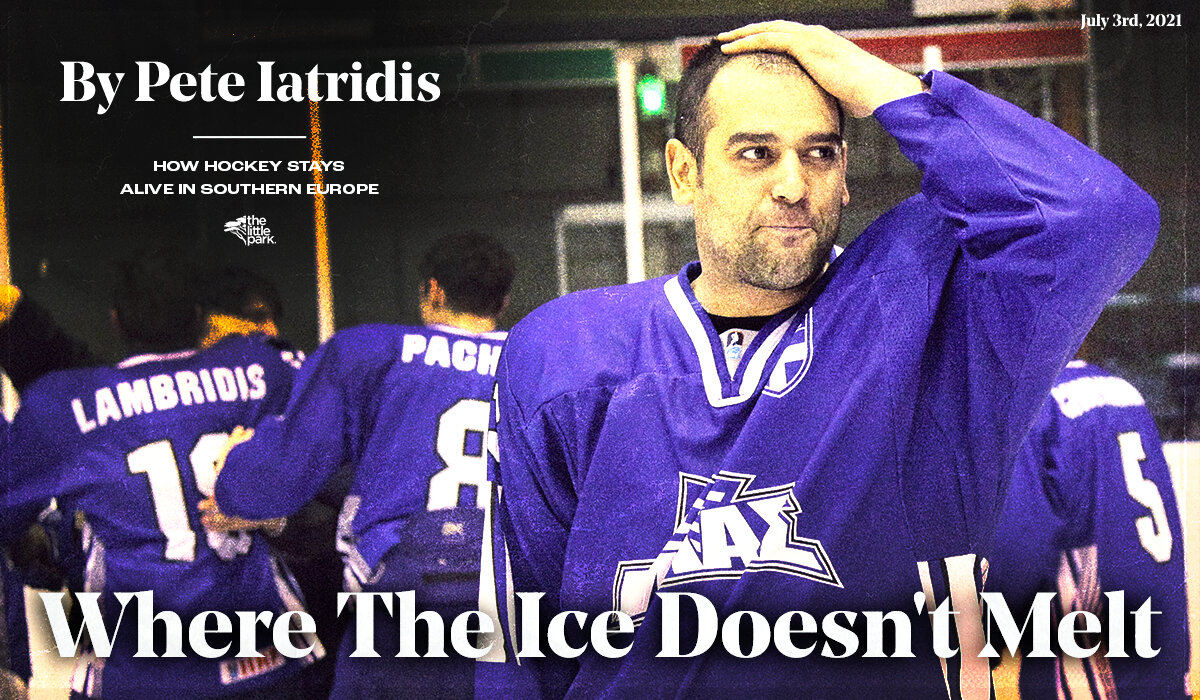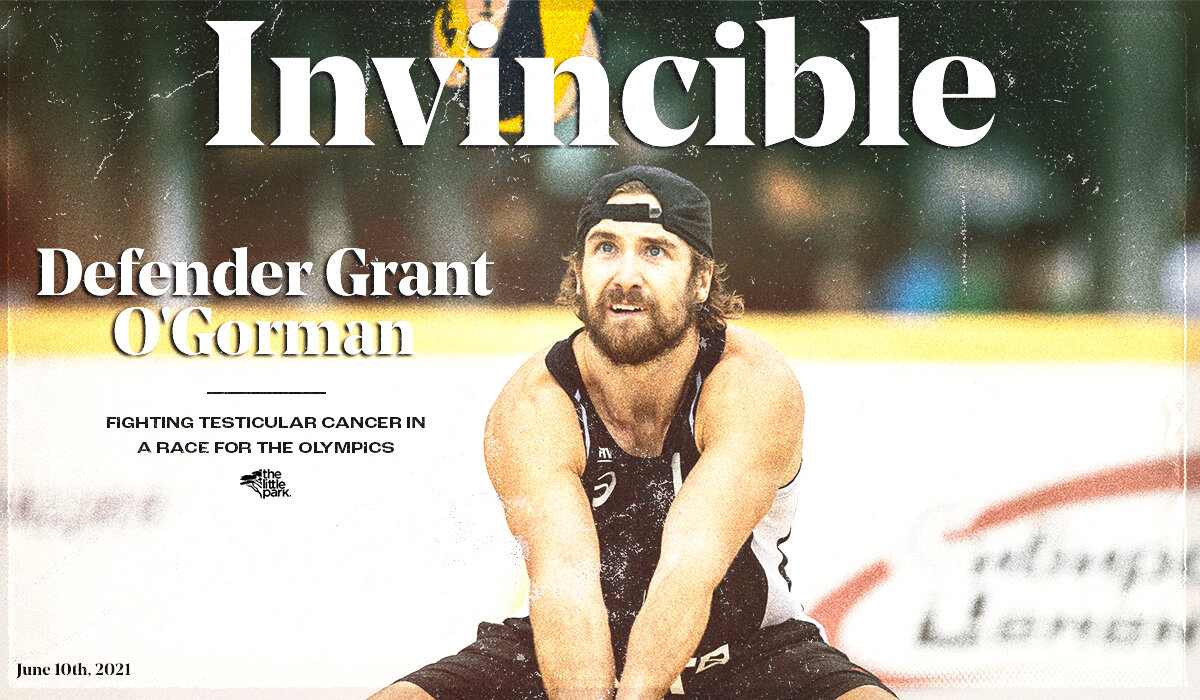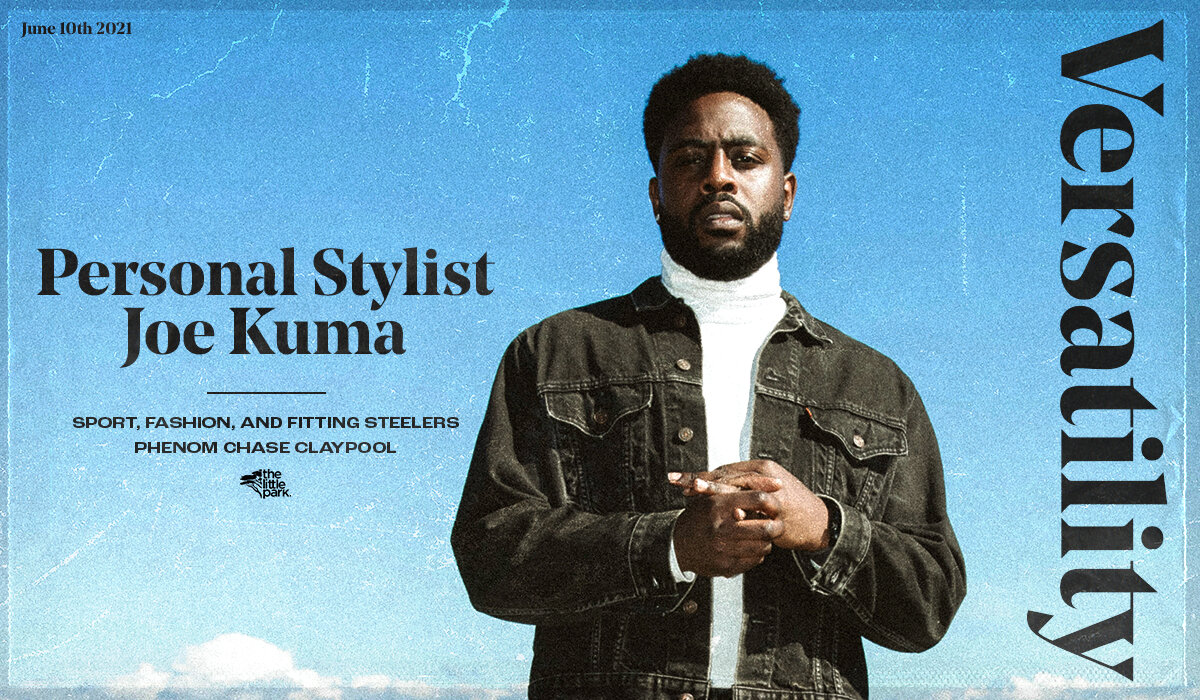The Salary Cap, Small Market vs. Big Market NBA Teams, and the Effects of COVID-19
As North America and the rest of the world continue to scramble to prevent or limit the physical toll COVID-19 takes on the health of our society, the economy is also being impacted severely. The NBA has served as a private entity leader against the COVID-19 pandemic, but is also proving to be one of the more interesting businesses to follow for fiscal impacts of the virus.
The NBA was the first major North American sports league to suspend its operations after Rudy Gobert tested positive for COVID-19 on March 11. Soon after, it seemed as though the rest of our continent was shutting down slowly each day. Businesses and the economy were affected drastically.
An example of the impacts these shutdowns could have if they lead to cancellations can be found in the amount of money players could lose due to each cancelled game.
According to Ric Bucher of Bleacher Report, it’s possible the players may not get their entire salary even if the games resume. There is a Collective Bargaining Agreement (CBA) provision that holds 10 percent of every player’s salary in escrow. That means if player salaries and benefits exceed their share of basketball-related income, the percentage of difference is captured and retained by the owners using the 10 percent of player salaries held in escrow.
The above circumstances will impact small market teams like the New Orleans Pelicans in a much more significant way than big market teams such as the Los Angeles Lakers if the present circumstances continue to unfold. The discrepancy in resources between the types of teams shines through even here. Small market teams generally have much lower overall salary hits than big market teams. Their 10 percent retained in escrow from player salaries is much lower than their big market counterparts. The funds they receive to help bridge the gap between the above-mentioned percentages are lower than their counterparts.
For most of the league’s small market teams, the luxury tax has been avoided. The luxury tax is paid by teams that exceed the salary cap during a respective NBA season and the funds paid for this luxury tax are given to the teams that don’t exceed the salary cap. This is a mechanism established by the league to help create parity amongst the teams and avoid the big markets from capitalizing more than they already do. If the virus impacts business drastically, the salary cap maximum could crash, which would prevent small market teams from receiving their payout from the luxury tax funds. This circumstance could also lead to small market teams being required to pay luxury tax in future years because of the decrease in salary cap versus their allotted salaries in those years due to the financial losses from the virus this year.
The salary cap question is where things get a bit interesting. The NBA’s maximum cap for the 2019-2020 season is $109,140,000 and its luxury tax threshold is $132,627,000. The league minimum for a team’s salary is 90% of the salary cap which is $98,226,000. While it’s impossible to tell how much the salary cap could be reduced at the moment, a reduction in the realm of eight-figures is not out of the question. While drastic, this could lead to the league minimum mentioned above becoming the league maximum within a single NBA season.
This could force teams like the Pelicans to pay luxury tax based on their present contracts in future seasons. As you would expect, franchises like this are likely not looking forward to the potential exorbitant and unexpected bills. The impact of this salary cap effect could resonate in the league for several years.
Previous scenarios affecting the cap include Darryl Morey’s famous tweet about China earlier in 2019 along with more lucrative agreements focused around TV, streaming platforms, and e-sports. All of these scenarios were rumoured to have, or to potentially have, significant impacts on the future cap, but COVID-19’s could be more severe.
Take for instance free agency this summer and the impact these salary cap effects could have. Players like Fred VanVleet and Danilo Gallinari project to be the top unrestricted free agents this summer. Both players will presumably be highly sought after. But, who knows what their salaries will look like based on the financial impacts of the virus.
Even more confusing could be Brandon Ingram’s situation and contract. He became a first-time all-star during his first year with New Orleans this season in a stacked Western Conference. Ingram also finds himself a restricted free agent this summer, which means the Pelicans can option to match any offer made to the former No. 2 pick. You can bet that big market teams will be offering Ingram substantial amounts of money, which the Pelicans will have to match due to the factors listed earlier.
DeMar DeRozan, Gordon Hayward and most of all Anthony Davis could all find themselves in uncertain territory as well. All three have “player options” on their present contracts which would allow them to “opt-in” to another year on their present deal. Alternatively, if they think their chances on the free-agent market are better than the contract they would opt-in to, they could elect to not exercise their option.
DeRozan has a player option with the San Antonio Spurs paying him $27.74 million in 2020-2021. Hayward’s player option is for approximately $34 million next season if he elects to exercise his option with the Celtics. Pending any personal reasons unfolding, it’s likely that both Hayward and DeRozan will exercise their options for one more year due to the uncertain financial outlook of the NBA moving forward.
Current Los Angeles Lakers forward Anthony Davis, is an even more interesting case study. Earlier this season, he turned down a four-year, $146 million max extension from the Lakers. Davis’s agent, Rich Paul of Klutch Sports, informed the Lakers that he would decline any offer and elect for unrestricted free agency this summer in hopes of signing a five-year, $202 million max contract this summer. Paul has made it clear to media members that Davis will be entering free agency no matter what.
Paul has made it known that he and Davis will be listening to offers this summer despite most in the sports world expecting Davis to re-sign with the Lakers after an extremely successful year thus far with his fellow Klutch clients, LeBron James, Kentavious Caldwell-Pope, and new teammate Dion Waiters.
If the salary cap drops, the potential contracts being offered to Davis could be lower than previously expected. Would this cause him to exercise his player option to return to the Lakers? Or, will he still enter free agency and negotiate a new maximum contract? Many situations could play out between now and the moment Davis signs his new contract. While these questions create difficult conversations, it’s crucial these issues are addressed before it’s too late.
The NBA’s fiscal environment is quickly changing each day this virus affects businesses. Players, teams, owners and every other employee are affected, but only time will tell the true impacts of the current pandemic.
-Kendal Steele
Lawyer, entrepreneur, and sports fan who focuses on trends in sports, business, law and entertainment.



